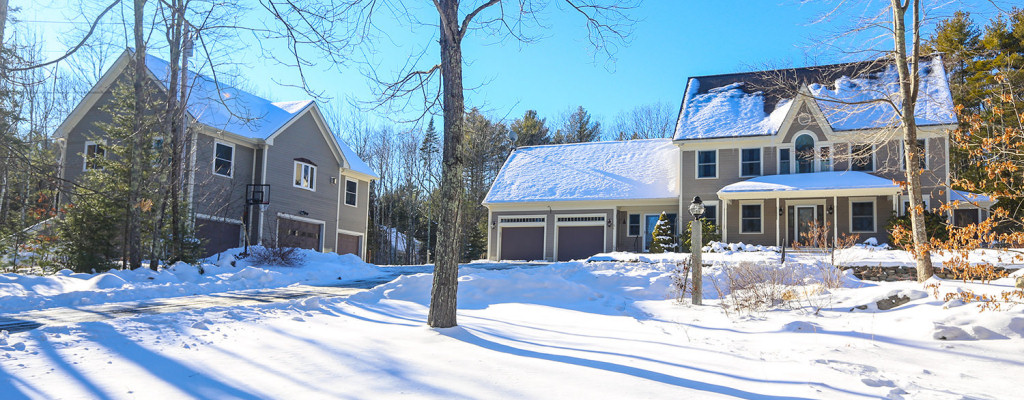Each year it seems that costs for home heating fuel, heating oil, natural gas, wood and other heating materials rise ever higher, making it harder and harder for many of us to afford to heat our homes. Heating a home on a tight budget can be quite a challenge, especially in those parts of the country which are prone to long, cold and difficult winters.
Fortunately, there are some simple steps every homeowner can take to cut his or her heating bill before winter arrives. It is a good idea to do a thorough heating inspection every year in the fall, before the first snows and cold winds of winter blow into town. This heating inspection should include the following:
• Look carefully for any leaks in damage in the heating ducts which bring warmth into your home. Be sure to seal any leaks you find and apply weather stripping or caulk as needed.
• Look for air leaks as well, and be sure to seal up any leaks that are found. Stand in front of all the windows in your home and feel for leaks in their protection from weather and wind. If condensation is seen on the interior of a window, it could indicate that the window needs to be resealed. Be sure to carefully reseal any air leaks that are found.
• Often simply lowering the thermostat a couple of degrees can have a profound impact on heating bills. It is not necessary to wear a down parka indoors, but setting the thermostat to 68 degrees instead of 72 may be able to save you real money. Keeping your home a bit cooler may also help to alleviate problems with dry air and reduce the need for a home humidifier.
• If your home uses a water heater that is quite old, replacing the heater with a newer, more energy efficient unit may be a good move. The water heaters on the market today are a great deal more energy efficient than those made only a few years ago. It may be possible to pay for the new heater with the money saved on heating bills.
• Try opening the curtains on those rooms that face the sun. The warmth absorbed from those sunny spots in your home will dissipate throughout your home and reduce the need for additional heating.
• It may be cost effective to leave the heat off in the bedrooms during the day and early evening, focusing instead on heating the living room, dining room, kitchen and other rooms where the family will be gathered. When bedtime is near, the heat in the living room can be turned down, and the heat in the bedrooms can be turned up.
• Keeping your home well insulated is a proven way to cut down on heating costs and energy usage. Some builders of new homes skimp on the insulation, so it may be a good idea to have the level of insulation evaluated, and have additional insulation added if necessary.
• Giving the furnace a good tune-up every year or two is a good way to save energy as well. A furnace running at peak efficiency will use far less energy than one that is badly in need of service. Often something as simple as replacing worn out or clogged furnace filters can make a surprisingly big difference.
• Installing low-flow shower heads, faucets and toilets can also cut down on energy usage and water usage. These low flow fixtures are designed to reduce the amount of hot water used in a typical home, therefore reducing the energy bills as well.
• Finally, be sure to inquire about any low-income energy assistance programs for which you may be eligible, as well as any tax breaks that may accrue as a result of installing or buying energy efficient appliance and fixtures. After all, every little bit helps when it comes to keeping your home and your wallet comfortable.


Comments are closed